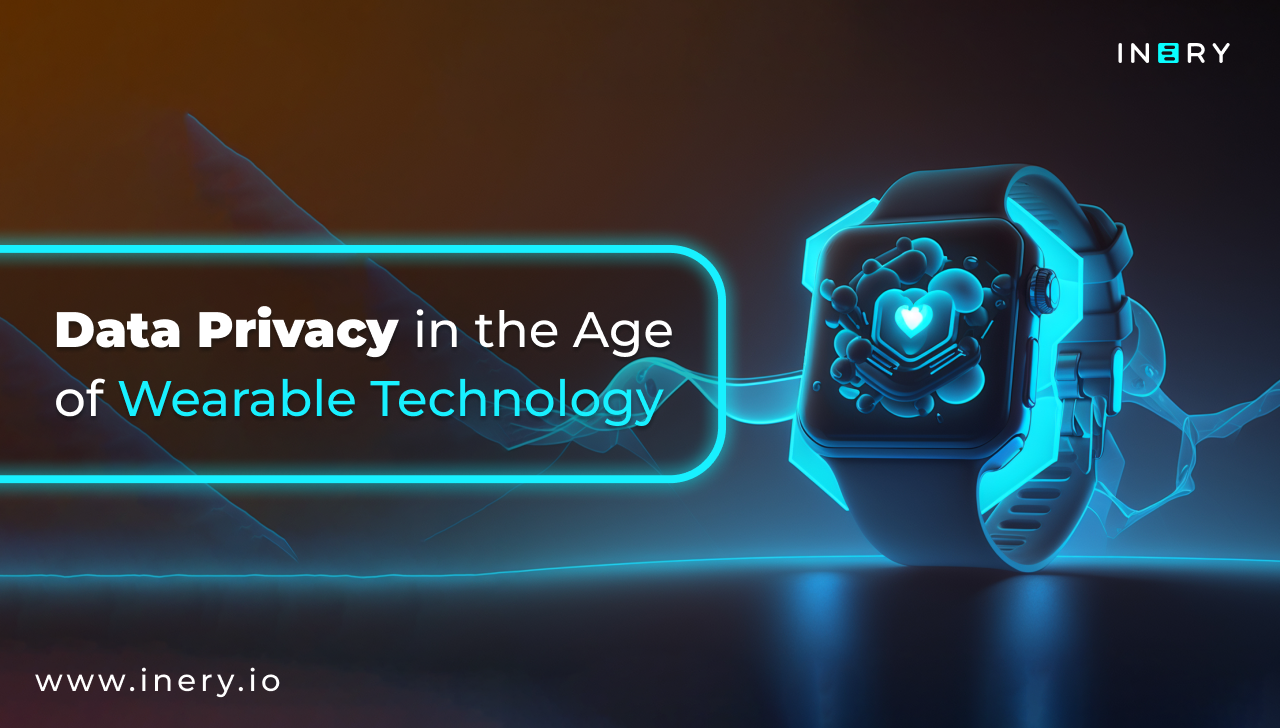Wearable technology, once a concept of science fiction, has become an integral part of our daily lives. These devices, which include smartwatches, fitness trackers, health monitors, and AR glasses, offer unprecedented convenience and connectivity.
The first modern wearable devices, such as Fitbit and the early versions of smartwatches, began appearing in the market around the late 2000s and early 2010s. Since then, the market has exploded, with Statista projecting over 1.1 billion connected wearable devices worldwide by 2022.
What Are Wearable Devices?
Wearable devices are electronic gadgets that can be worn on the body, either as accessories or as part of clothing. These devices often include sensors to track various metrics, such as heart rate, sleep patterns, physical activity, and even environmental data. They sync with smartphones or cloud platforms, providing users with valuable insights and real-time data.
Potential Problems and Risks
While wearable technology offers numerous benefits, it also poses significant privacy risks. Some of the primary concerns include:
Data Collection and Storage: Wearables continuously collect sensitive information, which is often stored on the device and synced with cloud platforms. This centralization presents a major vulnerability, as it can be targeted by hackers.
Data Breaches: High-profile cases like the 2018 MyFitnessPal breach, where the personal data of 150 million users was compromised, highlight the risks. Such breaches expose sensitive information, potentially leading to identity theft and other malicious activities.
Unauthorized Access: Weak security measures can allow unauthorized access to personal data. For example, in 2019, vulnerabilities in Fitbit devices were discovered that could allow hackers to intercept data transmissions and gain unauthorized access.
Data Misuse: Third-party applications that integrate with wearable devices may misuse collected data for targeted advertising or other purposes without user consent.
Location Tracking: Many wearables include GPS functionality, making it possible to track users’ movements and routines, potentially leading to privacy invasions.
Upsides of Wearable Technology
Despite these risks, wearable technology offers numerous advantages:
Health Monitoring: Wearables can track vital signs and provide early warnings for potential health issues, leading to timely medical intervention.
Fitness Tracking: They help users monitor their physical activity, set fitness goals, and maintain a healthier lifestyle.
Convenience: Wearables provide easy access to notifications, calls, and other smartphone functionalities.
Enhanced Connectivity: Devices like AR glasses can enhance connectivity and interaction in professional and personal settings.
Combating Privacy Risks
To address these privacy concerns, several measures can be implemented:
Data Encryption: Encrypting data both in transit and at rest ensures that even if data is intercepted, it remains unreadable to unauthorized parties.
User Consent and Transparency: Clear communication about what data is being collected, how it will be used, and obtaining explicit user consent is crucial.
Minimizing Data Collection: Collecting only necessary data reduces the risk of excessive or irrelevant data being compromised.
Regular Security Audits: Conducting regular audits and vulnerability assessments helps identify and rectify potential security weaknesses.
Secure APIs and Integrations: Ensuring third-party applications adhere to strict security standards prevents data misuse.
The Role of Blockchain in Enhancing Data Privacy
How Inery is Leading the Way
At Inery, we are at the forefront of integrating blockchain technology with wearable devices to enhance data privacy and security. Our solutions ensure that users can enjoy the benefits of wearable technology without compromising their privacy.
By leveraging decentralized data storage, resilient encryption, and user-centric control mechanisms, we are setting new standards for data protection in the wearable tech industry.
Case Studies of Wearable Device Hacks
There have been several notable instances where wearable devices were hacked, leading to significant consequences. In 2018, the Strava fitness app inadvertently revealed the locations of secret U.S. military bases by mapping users’ running routes. This incident underscored the importance of data privacy and the potential risks of location tracking.
Similarly, vulnerabilities discovered in Fitbit devices in 2019 highlighted how easily hackers could intercept data transmissions. These incidents serve as stark reminders of the need for stringent security measures and resilient privacy protections.
Conclusion
As wearable technology continues to evolve, it brings with it both remarkable benefits and significant privacy challenges. By adopting resilient data protection measures, leveraging blockchain technology, and adhering to regulatory standards, we can create a secure environment for the use of wearable technology.
At Inery, we are committed to advancing data privacy in the age of wearable technology. Our innovative solutions are designed to provide users with the highest level of security and control over their personal information. As we navigate this rapidly changing landscape, we remain dedicated to protecting the privacy of our users and ensuring the responsible use of wearable technology.
For more insights and updates on data privacy and wearable technology, follow our blog and stay connected with Inery. Together, we can build a safer and more secure digital future.

Inery•
1 year ago
Decentralized Databases in Education: Unlocking New Avenues for Learning and Administration
Discover how decentralized databases enhance educational systems by supporting secure, interactive learning experiences and streamlining administrative processes. ...READ MORE
-1713426795.png)
Share

Inery•
3 years ago
A Paradigm Shift: Laying the Framework for Web 3.0 Mass Adoption
A Paradigm Shift: Laying the Framework for Web 3.0 Mass Adoption Making web 3.0 accessible and intuitive to the users without sacrificing security or performance. ...READ MORE

Share

Inery•
1 year ago
Navigating the Scalability Trilemma in Blockchain Systems: Why Inery Stands Out
Explore how Inery addresses blockchain technology's scalability trilemma through its unique decentralized database management system and custom consensus mechanism. ...READ MORE

Share

Inery•
11 months ago
Streamlining Digital Workflows with Inery DLT
From managing tasks to securing sensitive data, see how Inery simplifies digital workflows for businesses and individuals worldwide. ...READ MORE
-1736355881.jpg)
Share
Most popular today


-1715854000.png)
